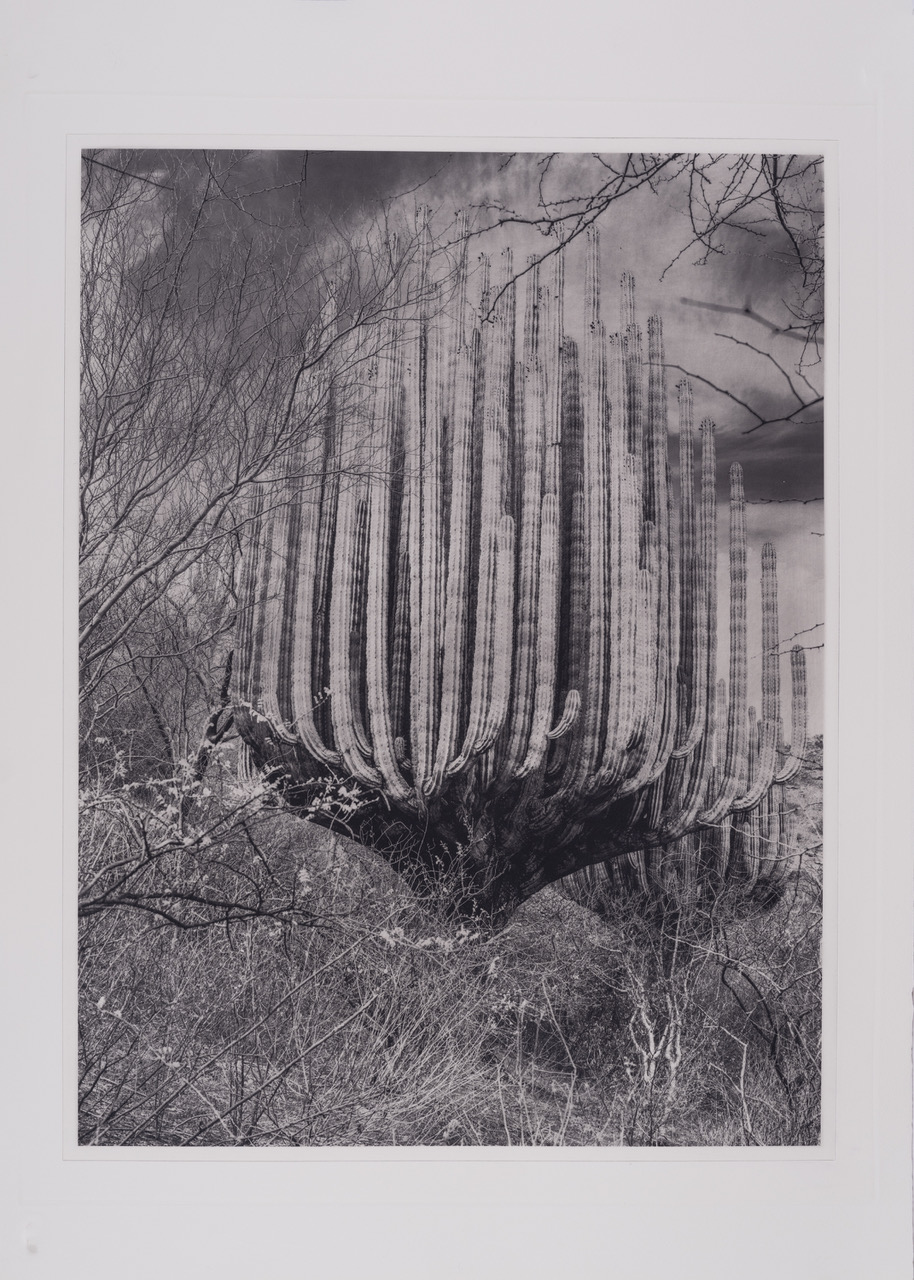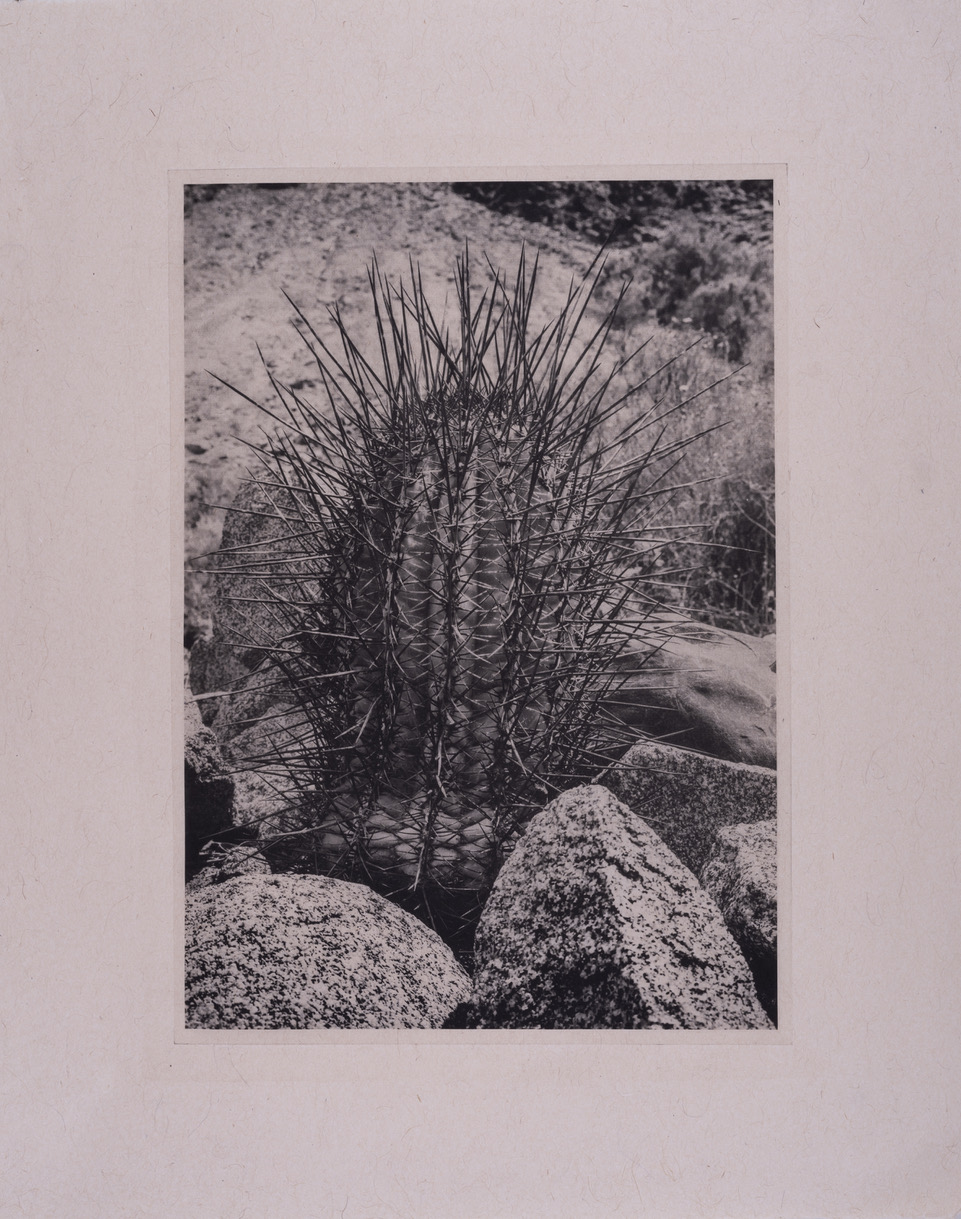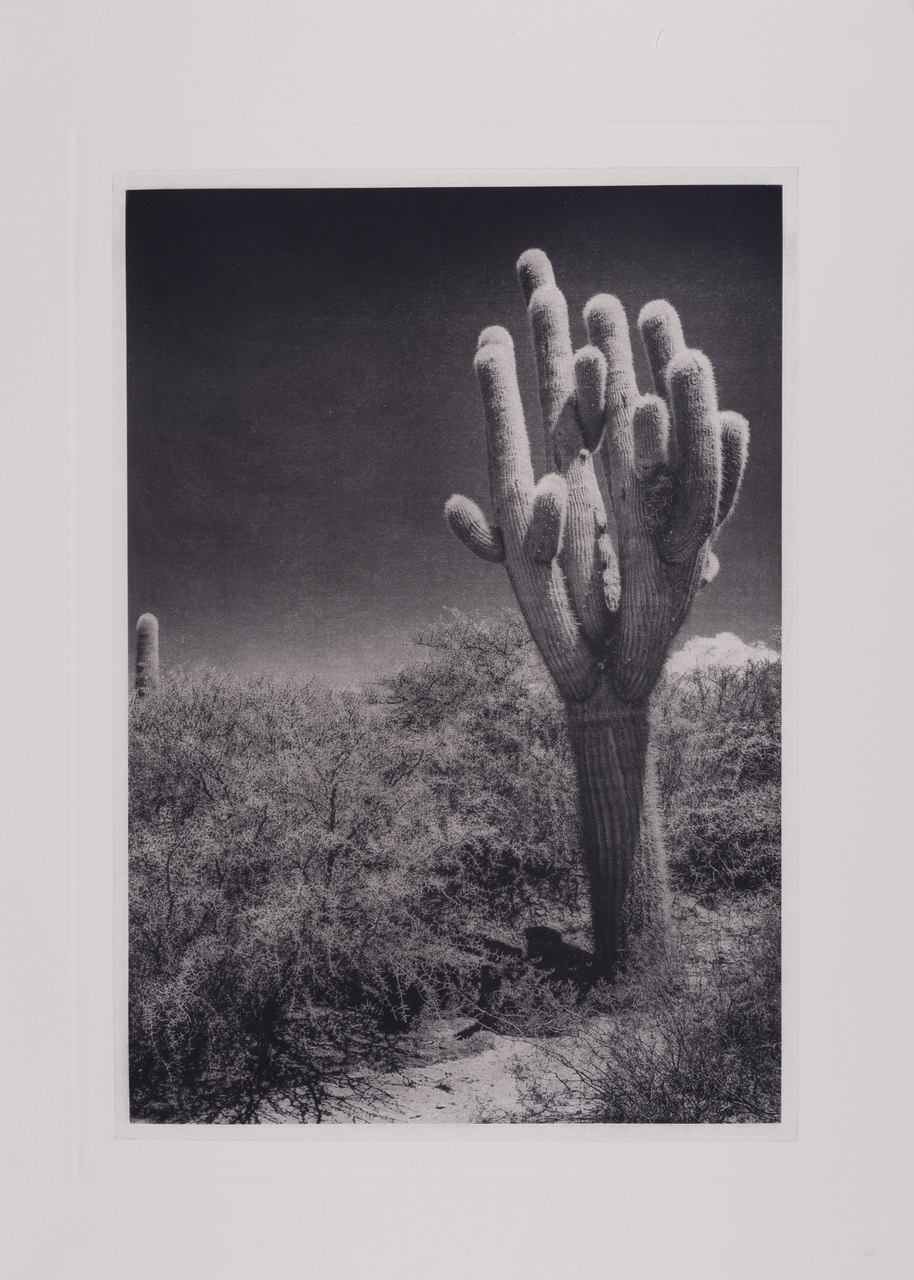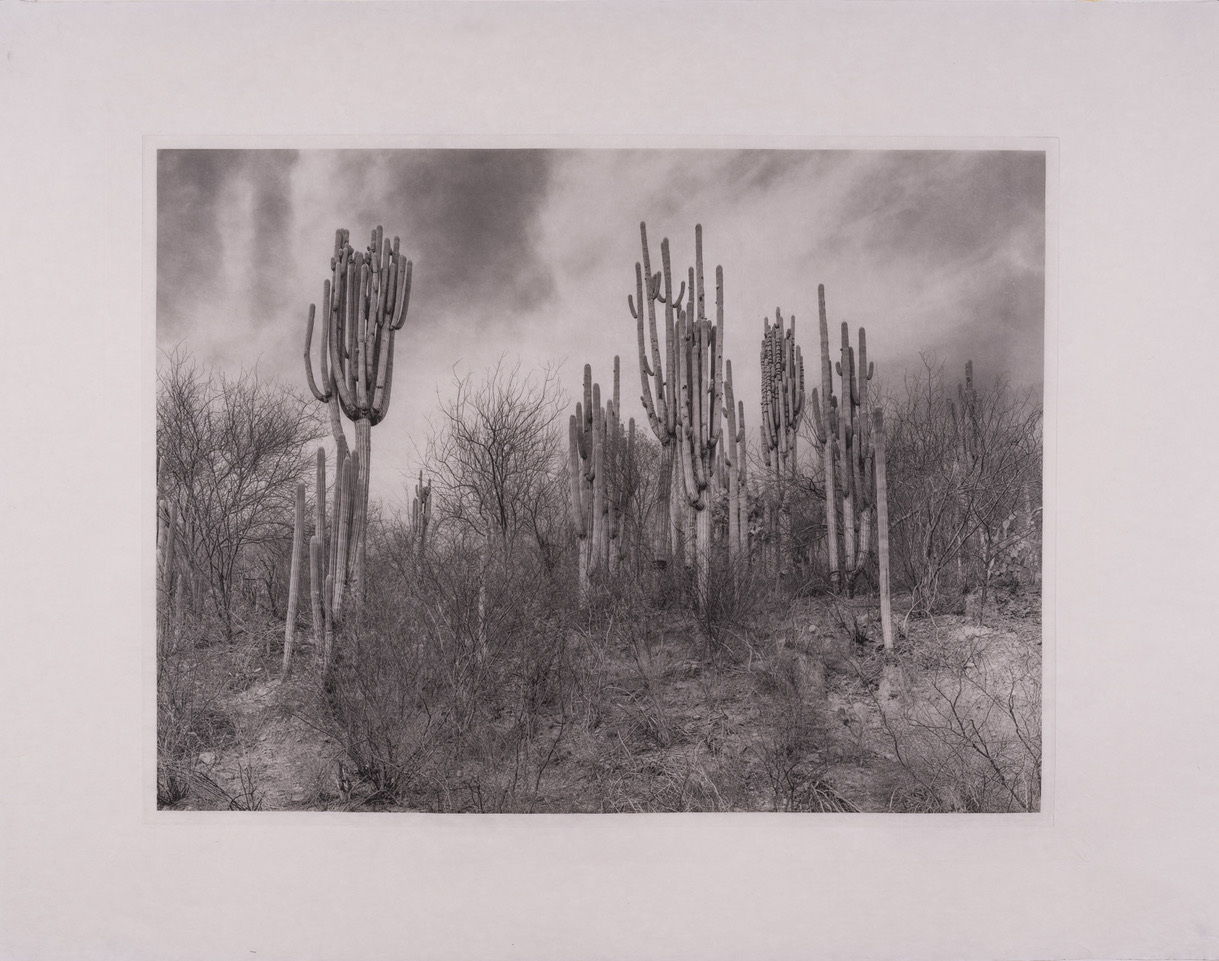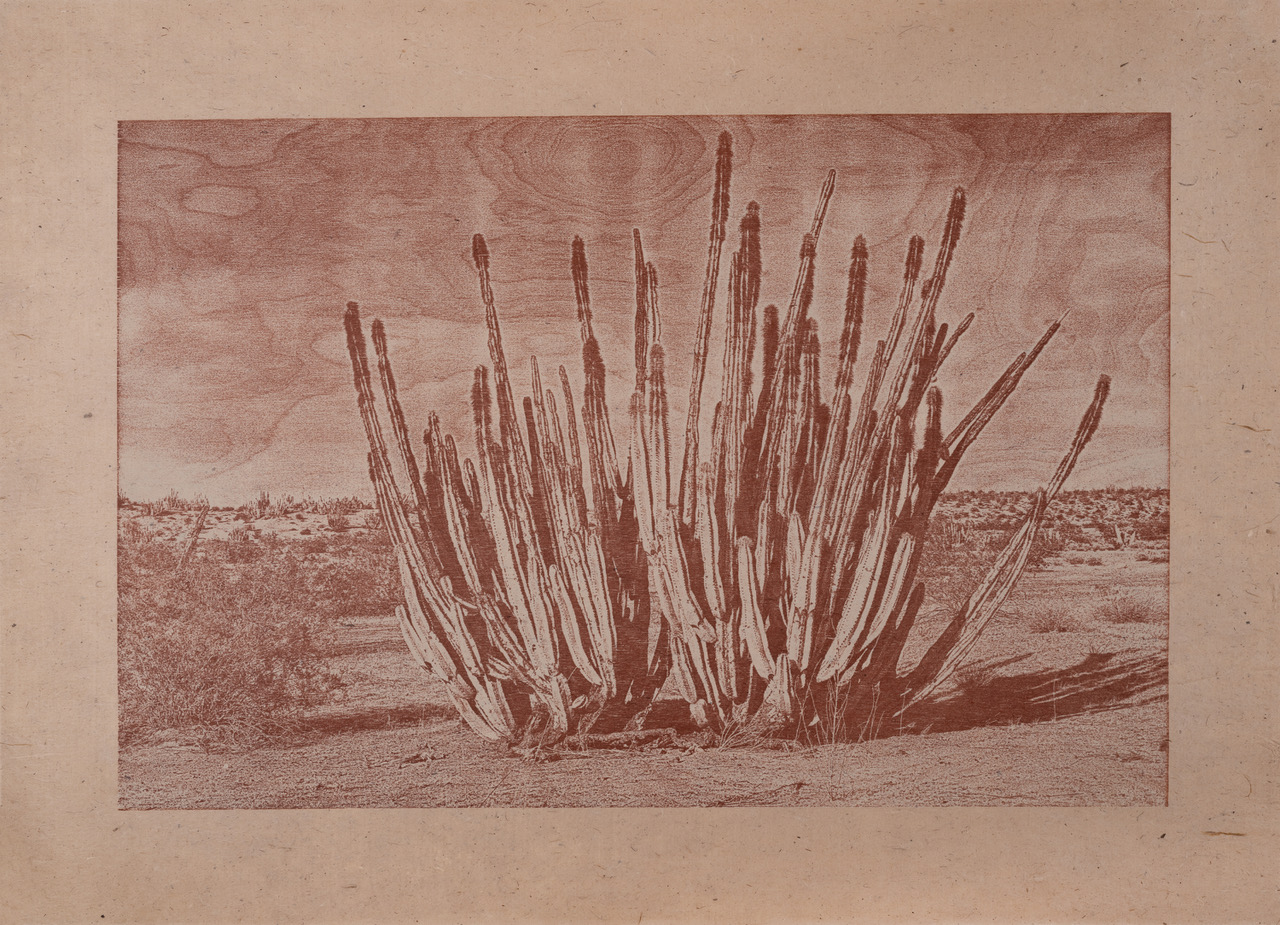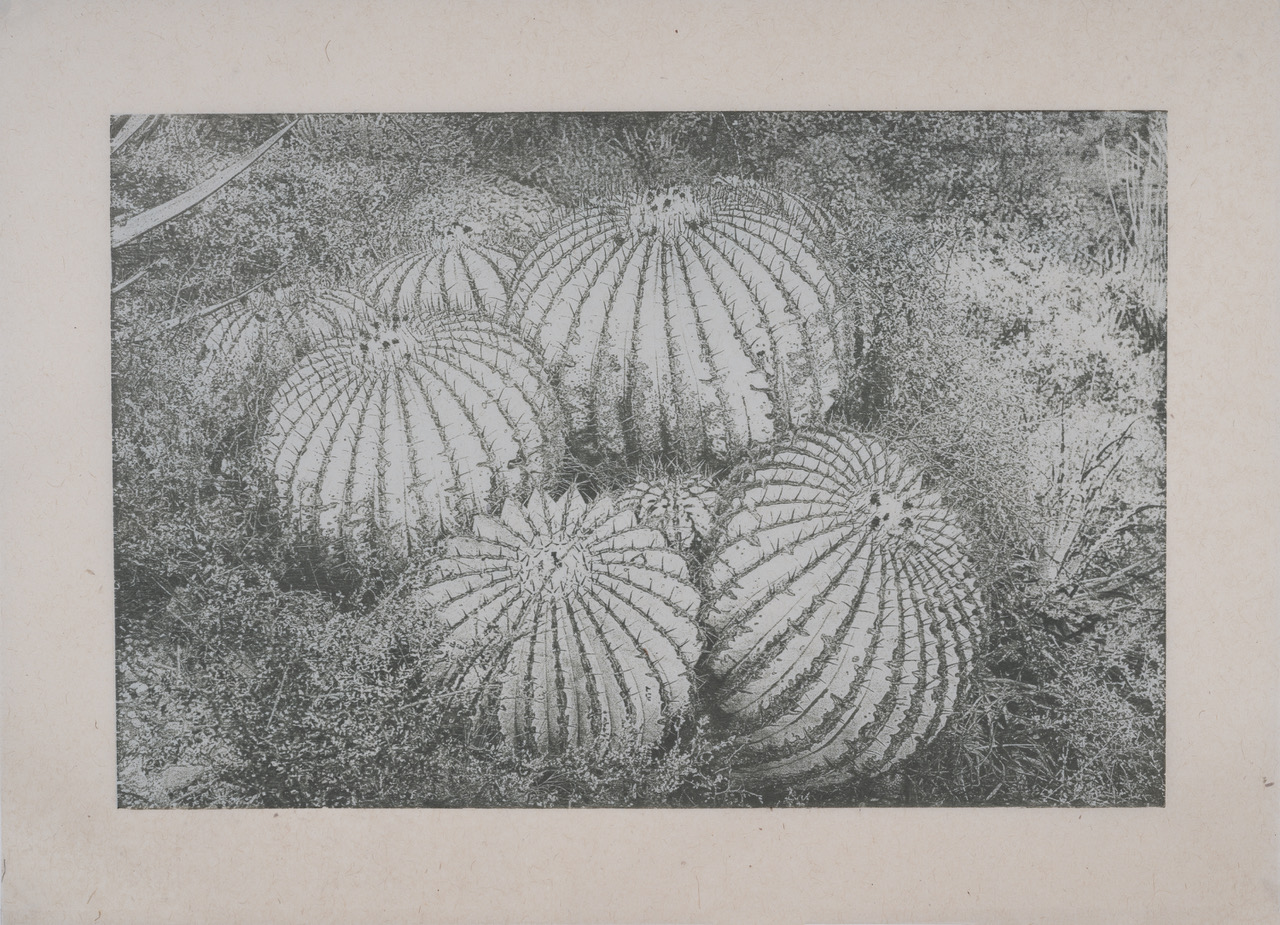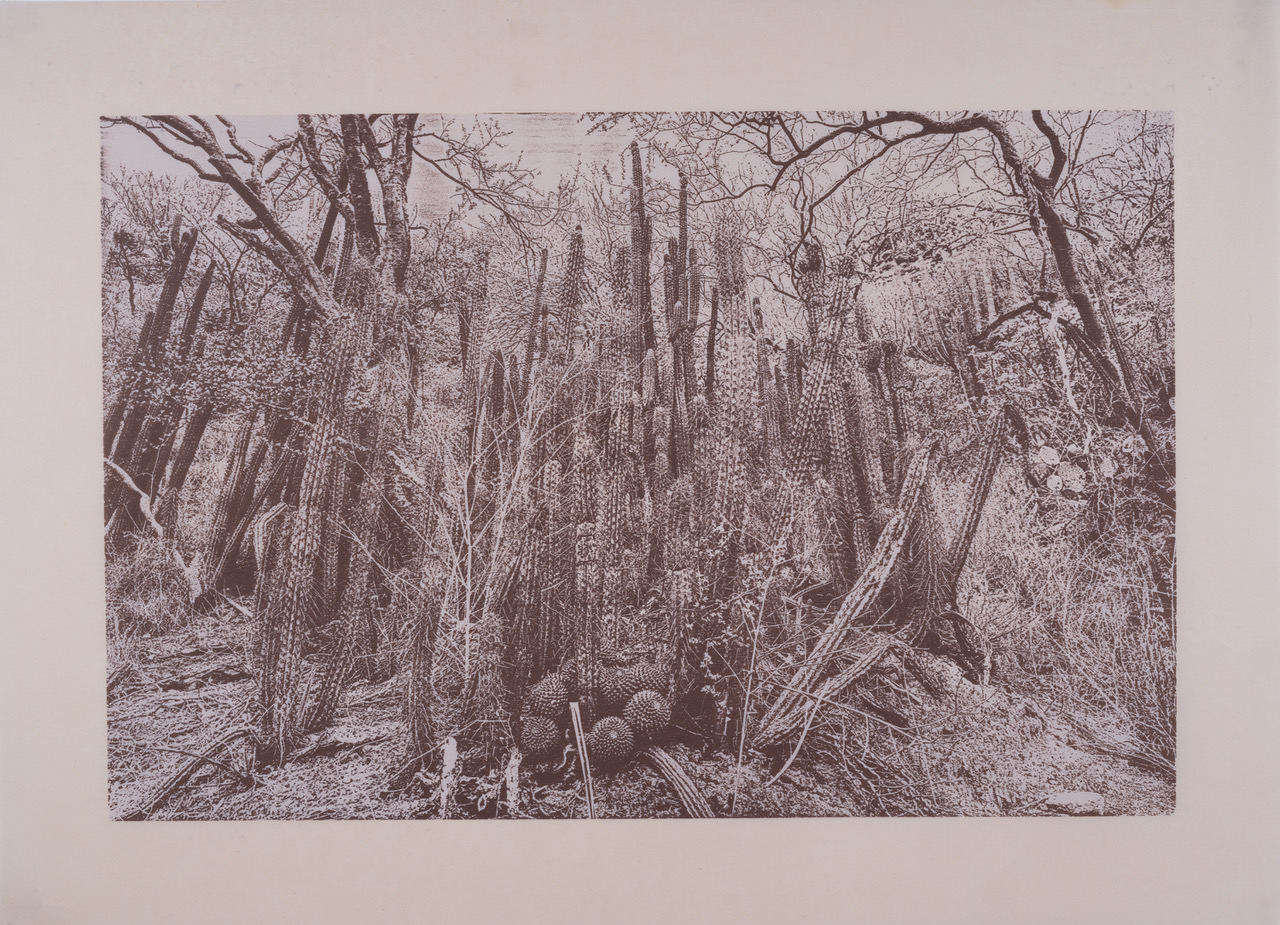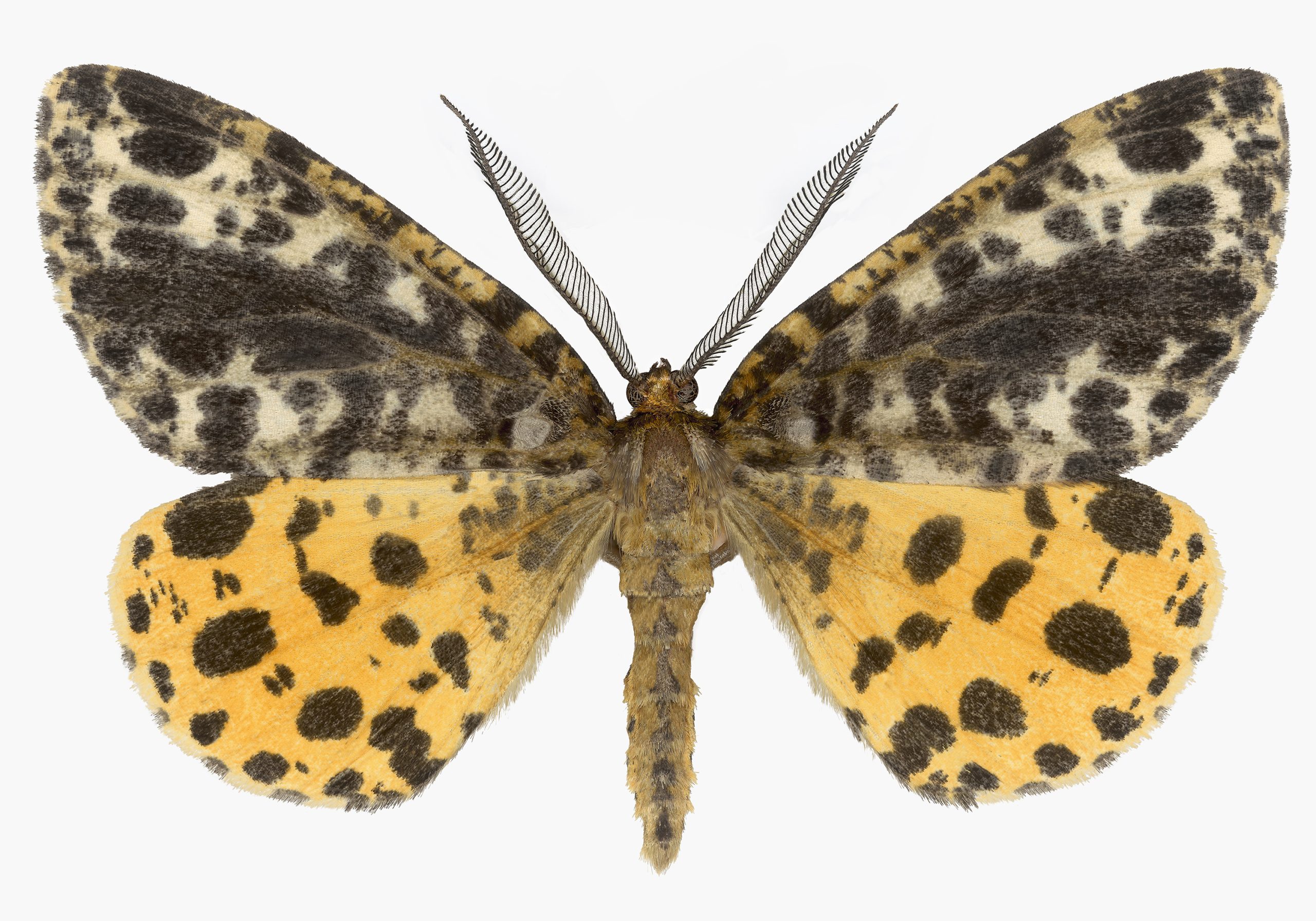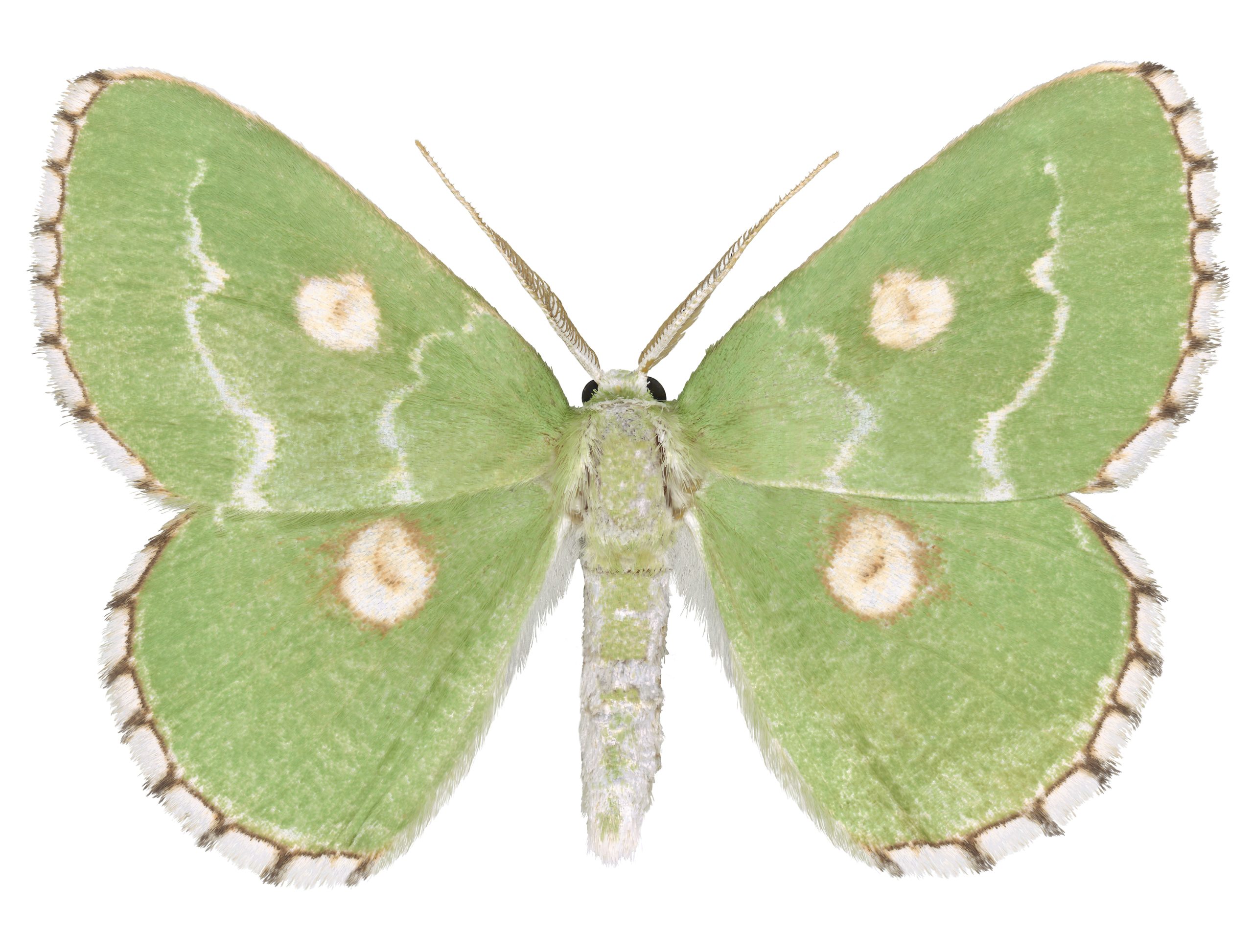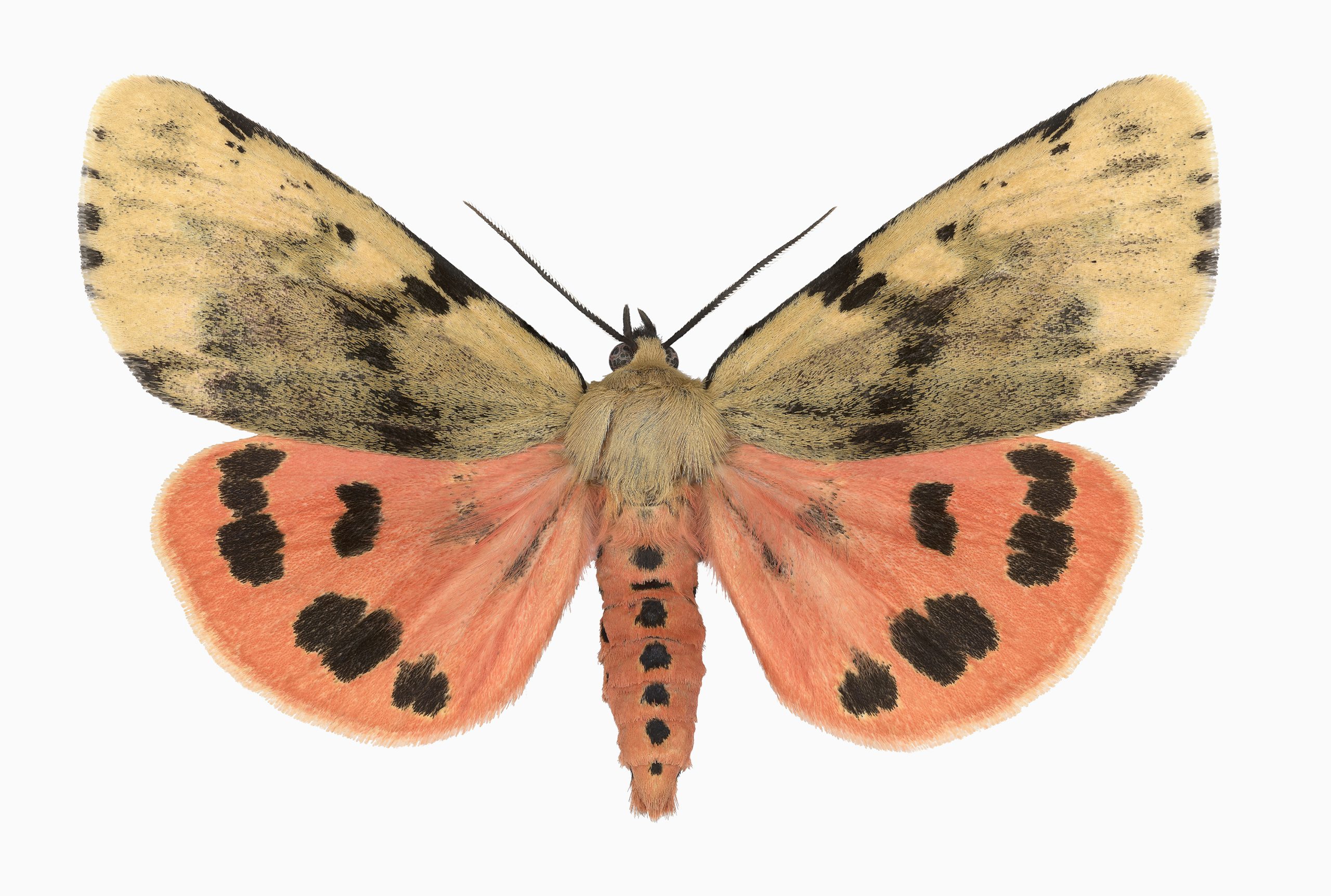
Joseph Scheer, along with Peer Bode and Jessie Shefrin, co-founded and co-directed the iea. Scheer earned a BFA from Alfred University in 1984 and served as Professor of Print Media at his alma mater from 1989 until his retirement in 2024. He received an MA in 1986 and an MFA in 1987 from the University of New Mexico. Scheer is a Fulbright Scholar and the Dongshi Scholar Chair, Professor at Northeast China Normal University in Changchun China. He serves as the Vice President of the International Academic Printmaking Alliance (IAPA) whose headquarters are in Beijing China and is a Deputy Dean of the International Printmaking Institute of the newly formed International Printmaking Institute at the Central Academy of Fine Arts in Beijing China. He has served as a panelist for the Fulbright Scholar Program for Mexico and Central America 2015 – 2017. He has also been a panelist for the NYFA print and drawing grants. He is a member of International Education Steering Committee at Northeast Normal University, Changchun China.
Biodiversity of Cactus of Mexico and South America
Scheer’s current print project is the Biodiversity of Cactus of Mexico and South America, in which he is producing woodcuts and photogravure prints from images collected during research expeditions to Mexico and South America to document the biodiversity of cacti. The woodcuts are printed from Birch blocks using a technique developed to utilize a laser to facilitate the cutting of the blocks. The photogravures undergo a digital process that involves printing from photo polymer plates. Both prints are printed on Xuan type papers from Anhui Provence China. These ancient papers utilize diverse materials in their production and are all handmade, as they have been for centuries, and are utilized due to the exceptional qualities of the natural fibers.
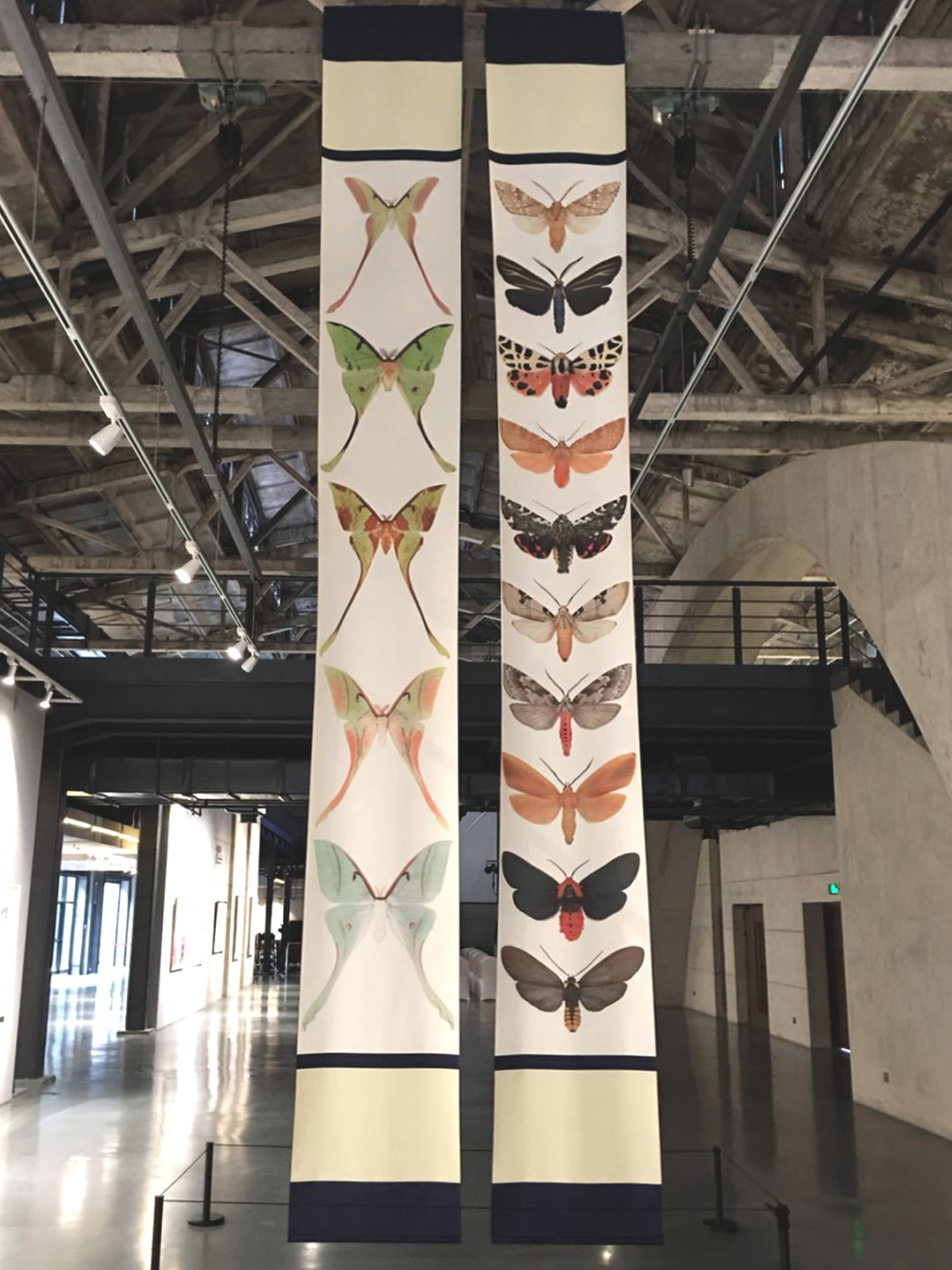
Scheer captures incredibly detailed images of moths with a scanner originally designed for film and transparencies. The tiny micro moths are as small as .25 inch and the giant Silkmoths have wings spans up to 5 inches. Using a special scanner that has a programmable focus for different depths of field, he scans each specimen between 7 and 40 times using different points of focus. Moths that in life rest comfortably on a fingertip dramatically occupy up to 84 x 44 inches archival art papers.
In 2025, the USPS released a stamp based on Scheer’s print Luna Moth, 2001. He has published two books about his work; Night Visions, the Secret Designs of Moths , published by Prestel and Night Flyers, published by Nexus Press. His work has been written about in: National Geographic, the New York Times, Flaunt, ArtNews, Science, Nature, Forbes , US Air Attache’, American Photo, DER SPIEGEL, The Chronicle for Higher Education and The Ganzfield.
RESOURCES:
https://www.instagram.com/josephscheer_studio
https://www.alfred.edu/about/news/pressreleases/2024/11/print-created-by-retired-professor-joseph-scheer-adorns-new-united-states-postal-service-stamp.cfm
https://www.kbfa.com/artists/116-joseph-scheer/overview/

